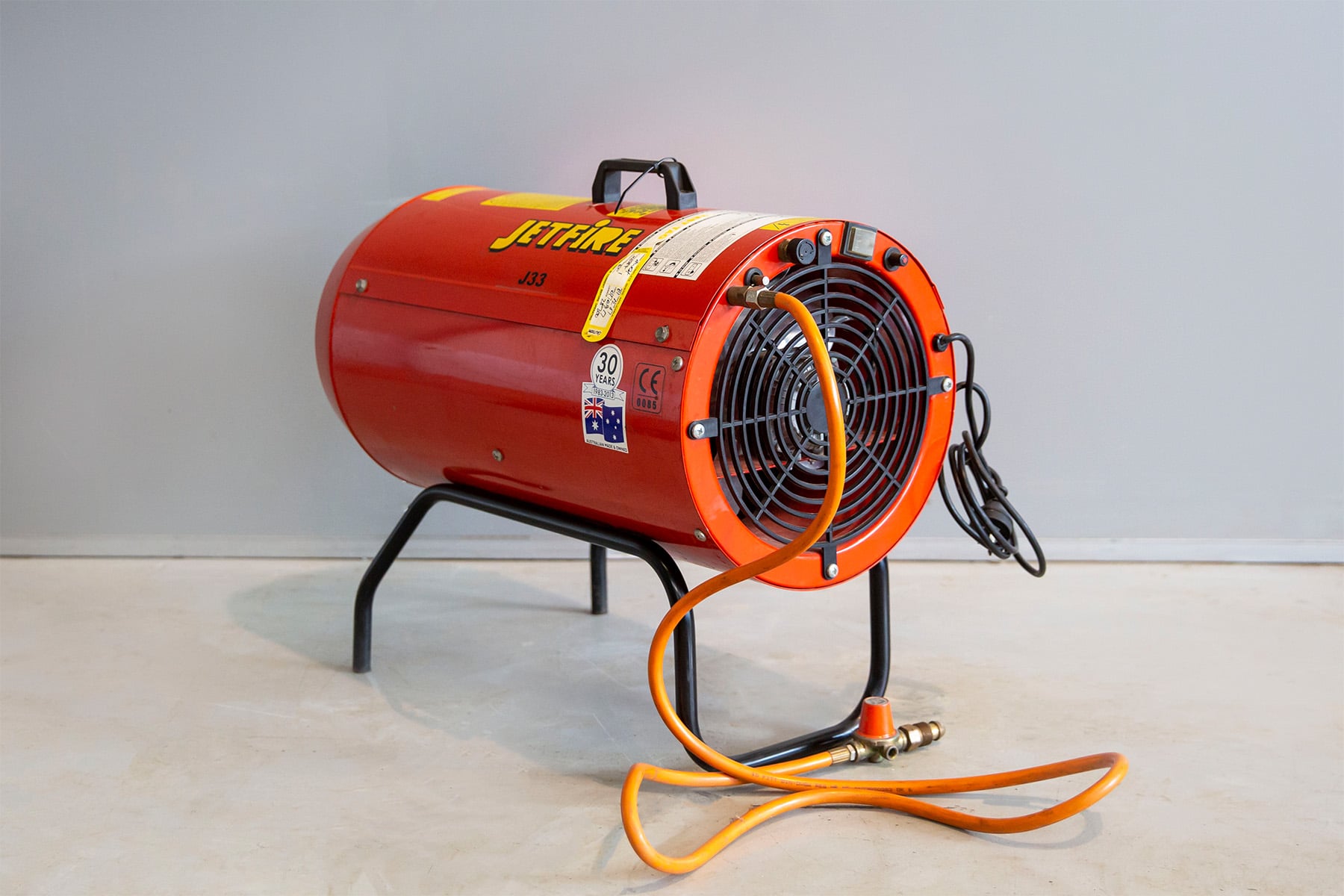

Articles
What Is A Gas Space Heater
Modified: January 19, 2024
Learn everything you need to know about gas space heaters in our informative articles. Discover the benefits, safety tips, and more.
(Many of the links in this article redirect to a specific reviewed product. Your purchase of these products through affiliate links helps to generate commission for Storables.com, at no extra cost. Learn more)
Introduction
A gas space heater is a popular and efficient heating solution for many households. With its ability to quickly and effectively warm up a room, this type of heater has become a go-to choice for those looking to maintain a cozy and comfortable environment during the colder months.
In this article, we will explore what a gas space heater is, how it works, and the benefits and drawbacks of using one. Additionally, safety considerations, installation requirements, maintenance tips, and troubleshooting advice will be discussed to help you make an informed decision about incorporating a gas space heater into your home.
So, let’s dive in and discover the ins and outs of gas space heaters!
Key Takeaways:
- Gas space heaters offer efficient and customizable heating, but require careful consideration of safety, ventilation, and maintenance to ensure safe and effective operation in your home.
- Understanding the benefits, drawbacks, and installation requirements of gas space heaters is crucial for making an informed decision about incorporating them into your heating system, providing reliable warmth and comfort while prioritizing safety.
Read more: What Is A Space Heater?
Definition of a Gas Space Heater
A gas space heater is a device designed to heat a specific area or room using natural gas or propane as its fuel source. It consists of a combustion chamber, a burner, and a heat exchanger that transfers the heat generated by the burning fuel into the surrounding air. The heated air is then blown into the room through a fan or delivered through a radiant heat panel.
Gas space heaters come in various sizes and styles, ranging from freestanding units to wall-mounted or even built-in models. They are commonly used in homes, offices, garages, workshops, and other areas that require supplemental heating.
These heaters are known for their efficiency and ability to quickly raise the temperature of a room. They offer a convenient heating solution, especially in areas where central heating systems may be insufficient or costly to operate.
Gas space heaters are often equipped with safety features, such as an oxygen depletion sensor (ODS) that automatically shuts off the heater if the oxygen levels in the room become dangerously low. This ensures the safety of the occupants and minimizes the risk of carbon monoxide poisoning.
Overall, gas space heaters provide a reliable and effective way to heat individual rooms or areas, allowing for customizable comfort and energy savings.
How Gas Space Heaters Work
Gas space heaters utilize the combustion of natural gas or propane to generate heat. The process typically involves the following steps:
- Ignition: When you turn on the heater, the ignition system sparks a pilot light or an electronic igniter. This ignites the gas and creates a flame.
- Combustion: The flame produced by the ignited gas burns inside the combustion chamber, which is designed to contain the flame and prevent it from escaping into the room.
- Heat Transfer: As the gas burns, the heat is transferred to a heat exchanger. The heat exchanger is a metal component that absorbs the heat from the flame and transfers it to the surrounding air without mixing with the combustion byproducts.
- Blower or Radiant Heat: Once the heat is transferred to the heat exchanger, it is either blown into the room by a fan or emitted as radiant heat. The type of gas space heater determines the method of heat distribution.
For gas space heaters with blowers, the heated air is forced through the heat exchanger and then distributed into the room through a vent or a set of louvers. The fan helps circulate the warm air, providing quick and even heat distribution. Some heaters also have adjustable fan speeds and thermostat controls for maintaining a desired temperature.
On the other hand, gas space heaters that utilize radiant heat emit the warmth directly from the heat exchanger. This type of heat transfer is more focused and can provide a cozy and comfortable heating experience, especially in smaller areas.
Gas space heaters usually have a control panel that allows you to adjust the heat output, set the desired temperature, and control other features like timers and airflow direction. They are designed to be user-friendly and provide customizable comfort options.
It is important to note that gas space heaters require proper ventilation to ensure the safe operation of the appliance. Adequate fresh air intake and proper exhaust venting are necessary to vent out any combustion byproducts, such as carbon monoxide, and maintain a safe and healthy indoor environment.
By understanding how gas space heaters work, you can make informed decisions about their usage and ensure that they are used safely and effectively in your space.
Benefits of Using a Gas Space Heater
Gas space heaters offer several advantages that make them a popular choice for many homeowners. Here are some of the key benefits of using a gas space heater:
- Efficient Heating: Gas space heaters provide quick and efficient heating, allowing you to warm up a room effectively in a short amount of time. They can deliver a high heat output, making them particularly useful in larger areas or rooms with high ceilings.
- Cost Savings: Natural gas and propane are generally less expensive fuel options compared to electricity. Choosing a gas space heater can help reduce your heating costs, especially if you primarily use the heater in specific rooms or areas instead of heating the whole house.
- Independent Heating Zones: With a gas space heater, you have the flexibility to heat specific zones or rooms in your home, rather than heating the entire house. This allows you to customize the comfort level in different areas, saving energy and reducing utility bills.
- Reliable Heat Source: Gas space heaters do not rely on electricity, making them a reliable heat source during power outages. This can be especially beneficial in regions prone to severe weather conditions or frequent electrical disruptions.
- Quick Response Time: When you turn on a gas space heater, it starts producing heat almost instantly. Unlike some other heating options that require time to warm up, gas space heaters provide immediate warmth, allowing you to create a comfortable environment without delay.
- Variable Heat Control: Most gas space heaters come with adjustable heat settings and thermostat controls, allowing you to easily regulate the temperature and maintain a cozy atmosphere. This flexibility gives you control over the level of warmth you desire.
- Comfort and Convenience: Gas space heaters offer a convenient heating solution for specific areas, such as bedrooms, offices, or garages. They can provide a comfortable environment for activities and tasks that require optimal temperature conditions.
- Environmentally Friendly: Natural gas is a cleaner-burning fuel compared to coal or oil, resulting in lower greenhouse gas emissions. By choosing a gas space heater, you are making a more environmentally friendly heating choice.
These benefits make gas space heaters an appealing option for individuals seeking efficient, cost-effective, and customizable heating solutions for their homes or specific areas within their homes.
Drawbacks of Using a Gas Space Heater
While gas space heaters offer various advantages, it is important to consider the potential drawbacks before deciding to incorporate one into your heating system. Here are some of the key drawbacks associated with using a gas space heater:
- Carbon Monoxide Risk: Gas space heaters produce combustion byproducts, including carbon monoxide (CO). If not properly vented or maintained, the buildup of CO can be dangerous and even fatal. It is crucial to ensure proper ventilation and install carbon monoxide detectors in the area where the heater is used to minimize this risk.
- Indoor Air Quality: In addition to carbon monoxide, gas space heaters may release other combustion byproducts into the indoor air, such as nitrogen dioxide and particulate matter. These pollutants can worsen respiratory conditions and affect indoor air quality, especially in poorly ventilated spaces.
- Installation Requirements: Gas space heaters require proper installation to ensure safe and effective operation. This may involve professional installation to ensure compliance with building codes, proper gas line connections, and adequate ventilation. Improper installation can lead to safety hazards and malfunctioning of the heater.
- Limited Heating Range: Gas space heaters are designed to heat specific rooms or areas and may not be conducive to heating larger or multiple rooms. If you are looking for whole-house heating, a centralized heating system may be a more suitable option.
- Fuel Availability: The availability and cost of natural gas or propane may vary depending on your location. If these fuel sources are limited or expensive in your area, operating a gas space heater may not be as cost-effective as it initially appears.
- Open Flame: Gas space heaters produce an open flame during combustion, which can pose a fire hazard if proper precautions are not taken. It is essential to keep flammable materials and objects at a safe distance from the heater and use a sturdy, stable surface to prevent accidents.
- Noisy Operation: Some gas space heaters can create noise when the fans and blowers are in operation. This noise can be bothersome in quiet environments or bedrooms, potentially disrupting sleep or concentration.
- Maintenance and Repair: Gas space heaters require regular maintenance, including cleaning, checking for leaks, and replacing filters. If not properly maintained, the performance of the heater can decline, and costly repairs may be necessary.
Understanding these drawbacks will help you make an informed decision about whether a gas space heater is the right heating option for your specific needs.
When using a gas space heater, always ensure proper ventilation to prevent carbon monoxide buildup. It’s important to have a carbon monoxide detector installed in the same room as the heater for added safety.
Read more: What Is A Radiant Space Heater
Safety Considerations
When using a gas space heater, it is important to prioritize safety to prevent potential hazards. Here are some key safety considerations to keep in mind:
- Proper Ventilation: Gas space heaters require adequate ventilation to ensure safe operation and minimize the risk of carbon monoxide (CO) buildup. Ensure that the room has sufficient fresh air intake and that exhaust vents are properly installed and functioning.
- Carbon Monoxide Detectors: Install carbon monoxide detectors in areas where the gas space heater is used. These detectors can alert you to high levels of CO in the air, allowing you to take prompt action and protect yourself and your family from potential poisoning.
- Regular Inspection: Periodically inspect the gas space heater for any signs of damage, such as cracks, loose fittings, or leaks. Pay attention to the color of the flame produced by the burner – a blue flame indicates proper combustion, while a yellow or orange flame may be a sign of incomplete combustion or a malfunction.
- Keep Flammable Materials Away: Ensure that flammable materials, such as curtains, furniture, and clothing, are kept at a safe distance from the gas space heater. It is important to maintain a clearance zone as recommended by the manufacturer to prevent accidental fires.
- Supervise Children and Pets: Keep a close eye on children and pets around the gas space heater to prevent accidental burns or contact with hot surfaces. Establish clear boundaries and educate them on the potential dangers associated with the heater.
- Avoid Unattended Operation: Do not leave the gas space heater unattended for extended periods. Always turn off the heater when leaving the room or going to bed to reduce the risk of accidents.
- Proper Placement: Ensure that the gas space heater is placed on a stable, flat surface to prevent tipping over. Follow the manufacturer’s recommendations for the appropriate placement and avoid placing objects on top of the heater.
- Professional Installation: It is recommended to have a professional install the gas space heater, especially if it involves gas line connections or ventilation modifications. Professional installation ensures compliance with building codes and reduces the risk of installation errors.
- Regular Maintenance: Follow the manufacturer’s guidelines for regular maintenance, including cleaning the heater, checking for leaks, and replacing filters when necessary. Regular maintenance helps keep the heater in good working condition and reduces the likelihood of malfunctions or safety hazards.
By adhering to these safety considerations, you can enjoy the benefits of a gas space heater while minimizing the potential risks associated with its use.
Choosing the Right Size Gas Space Heater
Choosing the right size gas space heater is crucial to ensure efficient heating and optimal comfort in your space. Selecting a heater that is too small may result in insufficient heating, while choosing one that is too large can lead to wasted energy and discomfort. Here are some factors to consider when determining the appropriate size of a gas space heater:
- Room Size: Measure the square footage of the room you intend to heat. This will help determine the heating capacity needed for effective warmth. For example, a 10,000 BTU (British Thermal Unit) gas space heater can typically heat a room with an area of around 300-350 square feet.
- Insulation: Assess the insulation in the room, as this affects how well the heat is retained. Rooms with adequate insulation will require less heating capacity compared to poorly insulated areas.
- Climate: Consider the climate in your area. If you live in a region with harsh winters, you may need a more powerful heater to combat the cold temperatures.
- Ceiling Height: Take into account the height of the ceilings in the room. Higher ceilings may require a larger heating capacity to effectively distribute the warm air throughout the entire space.
- Windows and Doors: Evaluate the number of windows and doors in the room. These areas tend to be sources of heat loss, so rooms with more windows or doors may require a larger heater to compensate.
- Usage Patterns: Consider how the room will be used. If it is a frequently occupied space where people are actively engaged in activities, such as a living room, you may need a higher heating capacity to maintain a comfortable temperature.
- Manufacturer’s Recommendations: Consult the manufacturer’s guidelines and specifications for their gas space heaters. They often provide recommendations regarding the suitable room size and heating capacity for each model.
- Professional Advice: If you are unsure about the appropriate size of a gas space heater for your specific needs, it is advisable to seek professional advice. An HVAC specialist can evaluate your space and provide recommendations based on the unique characteristics of your home.
By considering these factors and accurately assessing your requirements, you can choose a gas space heater that is the right size for your space. A properly sized heater will ensure efficient heating, lower energy consumption, and a comfortable environment throughout the heating season.
Installation and Ventilation Requirements
Proper installation and ventilation are essential for the safe and effective operation of a gas space heater. Following the manufacturer’s instructions and complying with building codes will help ensure that the heater performs optimally and minimizes potential risks. Here are the key installation and ventilation requirements to consider:
- Location: Choose a suitable location for the gas space heater. It should be placed on a stable, non-combustible surface and kept away from flammable materials, such as curtains, furniture, and clothing. Ensure that there is enough clearance around the heater, as recommended by the manufacturer.
- Gas Line Connection: If the gas space heater runs on natural gas or propane, it will require a proper gas line connection. It is recommended to hire a licensed professional to handle gas line installation to ensure compliance with safety standards and prevent leaks.
- Ventilation: Gas space heaters must have adequate ventilation to ensure the safe operation and vent out combustion byproducts, including carbon monoxide (CO). The type of ventilation required may depend on the specific heater model, but generally, it involves a combination of fresh air intake and exhaust venting.
- Fresh Air Intake: The gas space heater should have access to fresh air in the room to facilitate combustion and prevent a buildup of harmful gases. This can be achieved through openings in the room or by connecting the heater to an external air intake duct. Follow the manufacturer’s guidelines on the recommended size and positioning of the fresh air intake.
- Exhaust Venting: Proper exhaust venting is crucial for removing combustion byproducts and maintaining a safe indoor environment. Depending on the heater’s design, venting can be achieved through a flue or a chimney. The venting system should comply with local building codes and be installed by a professional to ensure correct sizing and secure connections.
- Carbon Monoxide Detector: Install a carbon monoxide detector near the gas space heater. This device will alert you if there are elevated levels of CO in the air, providing an early warning of any potential danger.
- Regular Inspection: Regularly inspect the ventilation system, including exhaust vents and fresh air intakes, to ensure they are free from obstructions and in good working condition. Regular maintenance and cleaning of the ventilation system will help optimize the heater’s performance and maintain safe operation.
- Professional Assistance: If you are unsure about the installation and ventilation requirements for your gas space heater, it is recommended to consult with a professional HVAC technician. They can evaluate your specific circumstances, provide advice, and ensure that the installation meets all safety standards.
Following these installation and ventilation requirements will help ensure the safe and efficient operation of your gas space heater, providing you with reliable and comfortable heating throughout the winter season.
Maintenance and Troubleshooting Tips
Regular maintenance is crucial for the proper functioning and longevity of a gas space heater. By following recommended maintenance practices, you can ensure the heater operates efficiently and identify and address any potential issues before they escalate. Here are some maintenance and troubleshooting tips to keep your gas space heater in optimal condition:
- Clean the Heater: Regularly clean the exterior of the heater using a soft cloth or mild detergent to remove dust and dirt. Ensure the heater is turned off and cool before cleaning.
- Check for Leaks: Routinely inspect the gas line connections and fittings for any signs of leaks, such as hissing sounds or the smell of gas. If you suspect a gas leak, turn off the heater, open windows for ventilation, and contact a professional to address the issue immediately.
- Replace Filters: If applicable, replace the air filters in your gas space heater according to the manufacturer’s recommendations. Clean filters ensure proper airflow and prevent dust and debris from building up inside the heater.
- Inspect the Burner: Periodically inspect the burner for any rust, debris, or signs of damage. A burner in good condition helps ensure efficient combustion and heat generation.
- Test the Ignition System: Test the ignition system to ensure proper functioning. If you notice any issues with the ignition, such as a weak spark or failure to ignite, contact a professional technician for inspection and repair.
- Check the Flame: Monitor the color and appearance of the flame produced by the gas space heater. A blue flame indicates proper combustion. If the flame is yellow or orange, it usually indicates incomplete combustion or a potential problem that requires further investigation.
- Inspect Ventilation System: Regularly check the ventilation system, including exhaust vents and fresh air intakes, for obstructions, corrosion, or damage. Clear any blockages and ensure that the vents are functioning properly to maintain safe operation.
- Keep the Area Clear: Maintain a clear area around the gas space heater. Remove any objects or debris that may obstruct airflow or pose a fire hazard.
- Follow Manufacturer’s Guidelines: Always refer to the manufacturer’s guidelines and instructions for specific maintenance tasks and troubleshooting. They provide valuable insights and recommendations tailored to your gas space heater model.
- Professional Servicing: Schedule periodic professional servicing and inspections to ensure the overall condition and safety of your gas space heater. A trained technician can address any underlying issues, perform more comprehensive maintenance, and ensure compliance with safety standards.
By following these maintenance and troubleshooting tips, you can maintain the optimal performance and safety of your gas space heater, ensuring reliable and efficient heating for years to come.
Read more: What Type Of Space Heater Is Best?
Conclusion
Gas space heaters are a popular and efficient heating option for many households. They provide quick and effective heating, allowing you to create a cozy and comfortable environment in specific rooms or areas of your home. Understanding how gas space heaters work, their benefits and drawbacks, and the necessary safety considerations is crucial in making an informed decision about incorporating them into your heating system.
The benefits of using a gas space heater include efficient heating, cost savings, independent heating zones, reliability during power outages, quick response time, variable heat control, comfort, and environmental friendliness. However, it is important to weigh these advantages against the potential drawbacks, such as the risk of carbon monoxide, indoor air quality concerns, installation requirements, limited heating range, fuel availability, open flame hazards, noise levels, and maintenance needs.
When installing a gas space heater, follow proper ventilation requirements and ensure compliance with building codes. Adequate fresh air intake and proper exhaust venting are essential for safe operation and to minimize the risk of carbon monoxide buildup. Regular maintenance, including cleaning, checking for leaks, and replacing filters, is crucial for optimizing the heater’s performance and ensuring safe operation. Troubleshooting tips can help identify and address any potential issues that may arise, while professional assistance can provide expert guidance on installation, maintenance, and repairs.
In conclusion, gas space heaters offer an efficient and reliable heating solution for specific areas in your home. By considering the benefits, drawbacks, safety considerations, and maintenance requirements, you can make an informed decision and enjoy the warmth and comfort provided by a gas space heater while ensuring the safety and well-being of your household.
Frequently Asked Questions about What Is A Gas Space Heater
Was this page helpful?
At Storables.com, we guarantee accurate and reliable information. Our content, validated by Expert Board Contributors, is crafted following stringent Editorial Policies. We're committed to providing you with well-researched, expert-backed insights for all your informational needs.
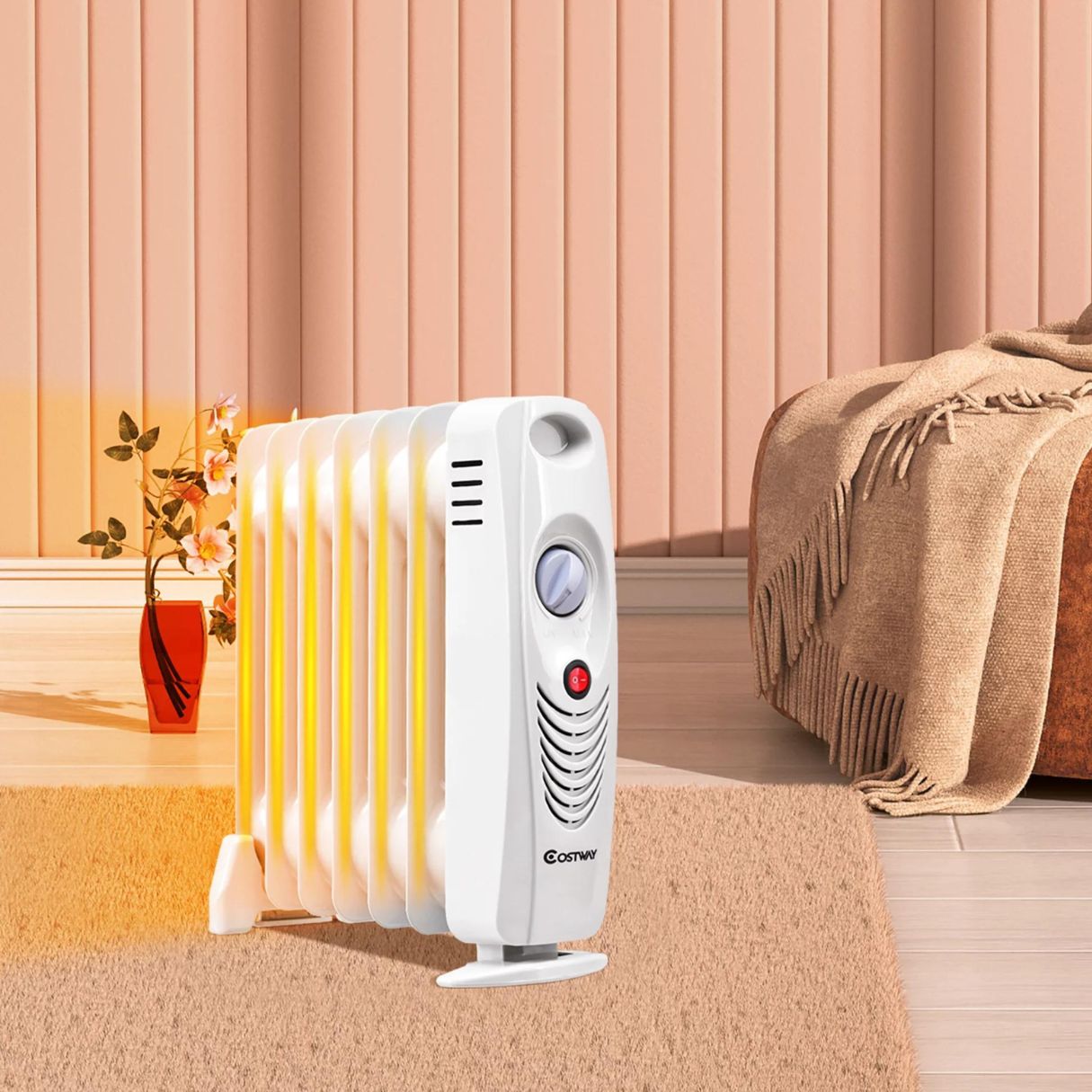
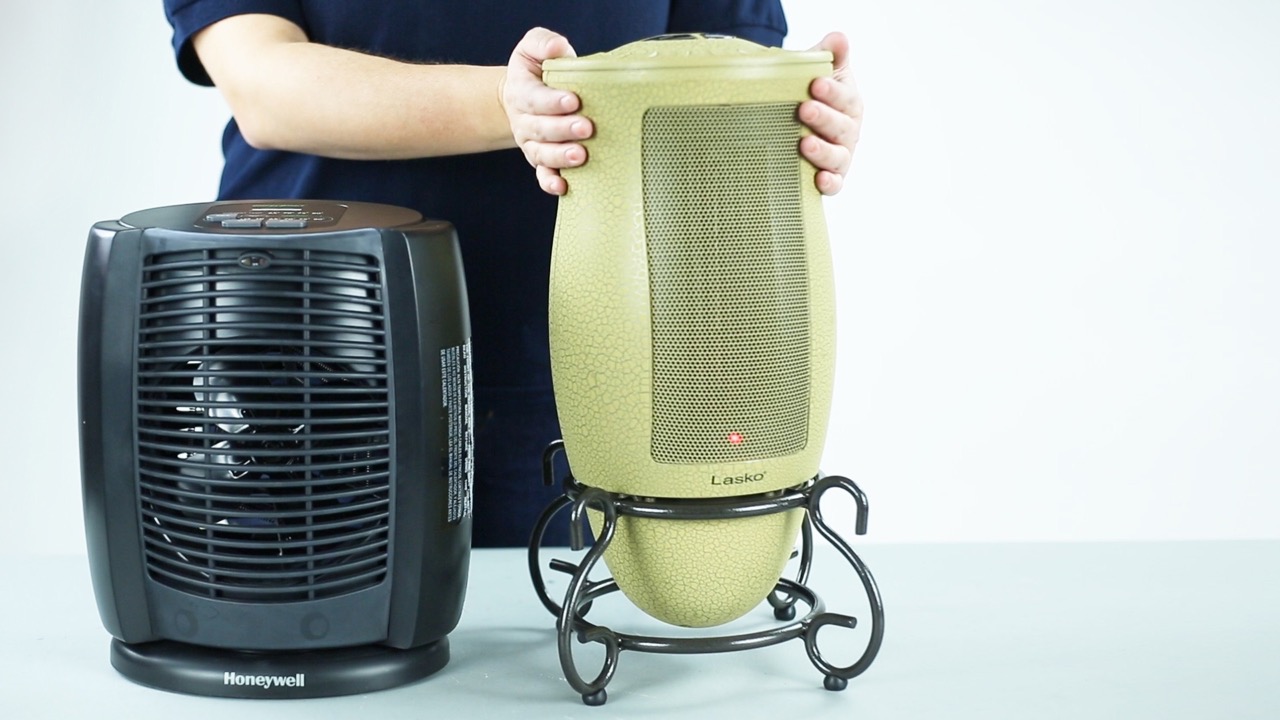

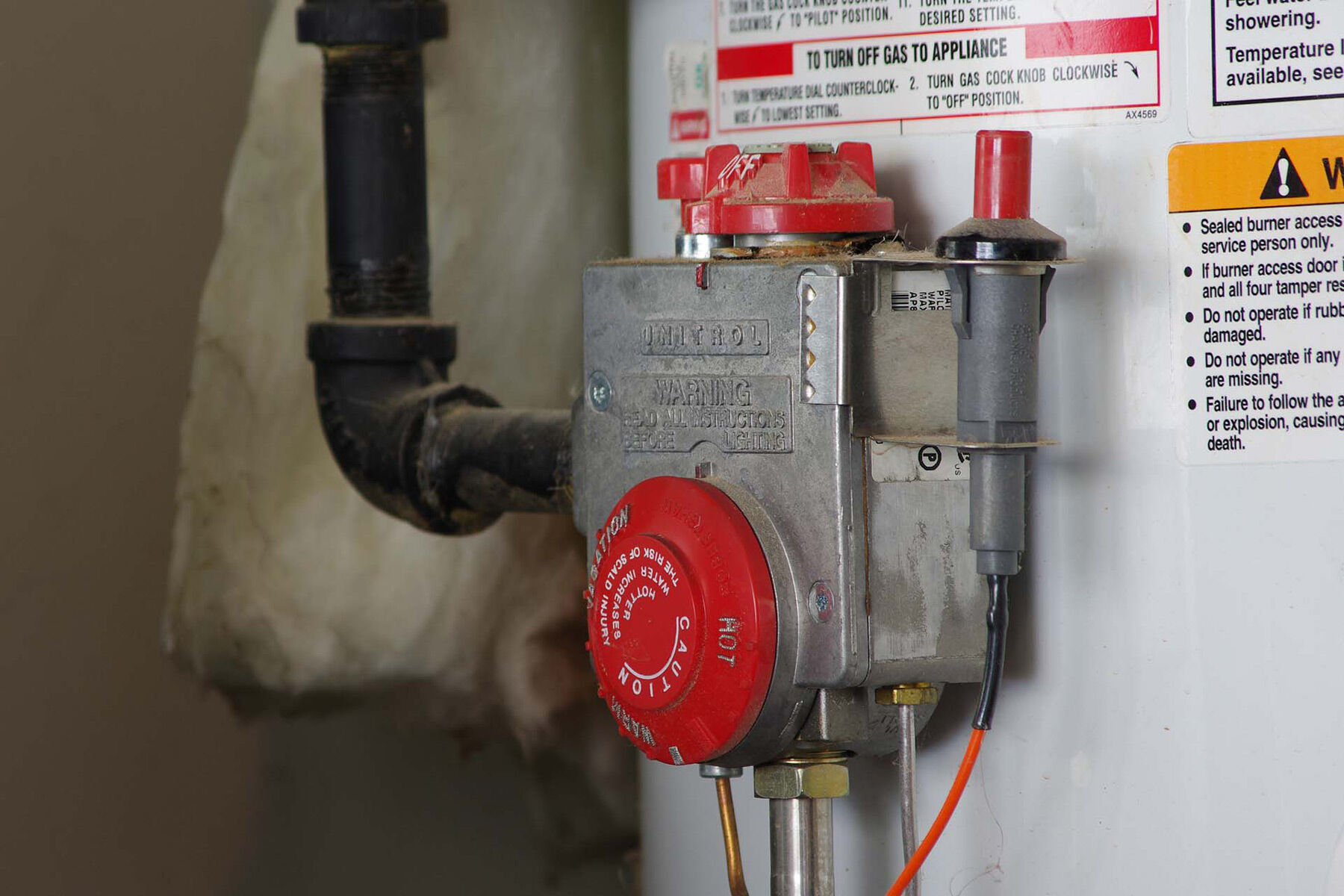
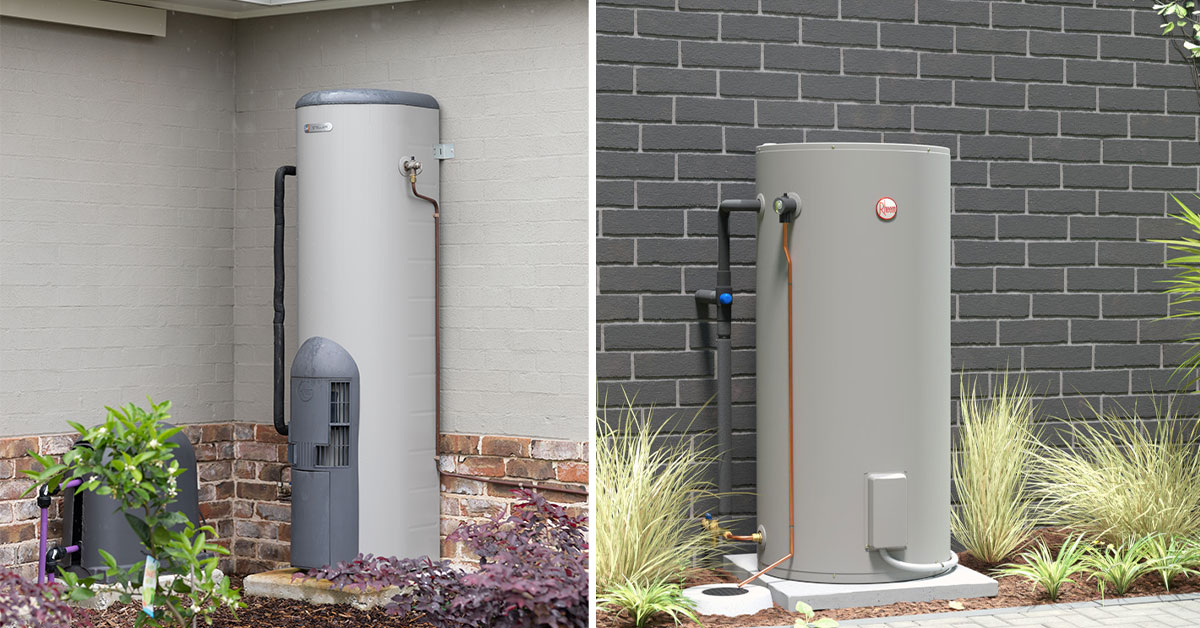
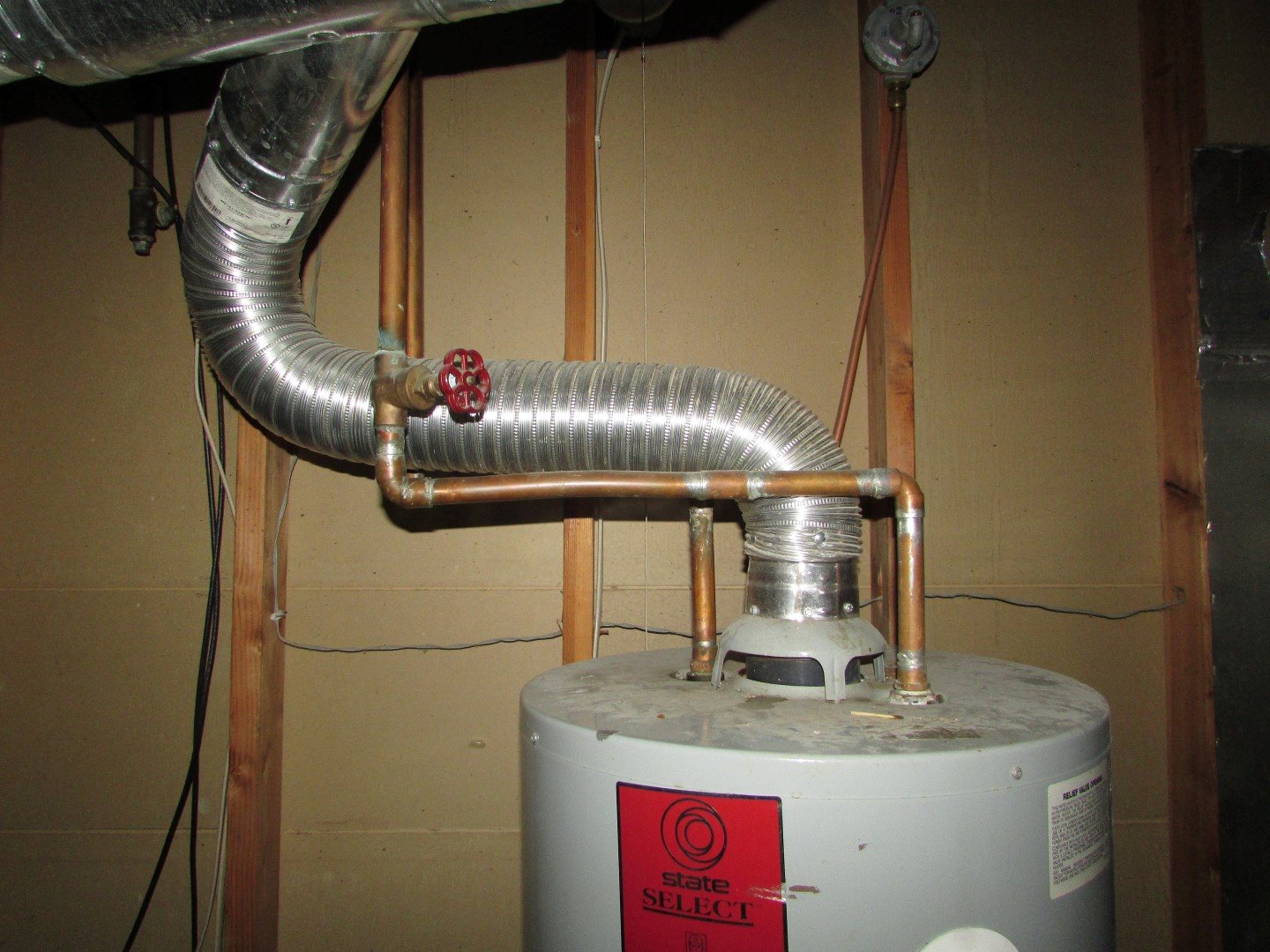
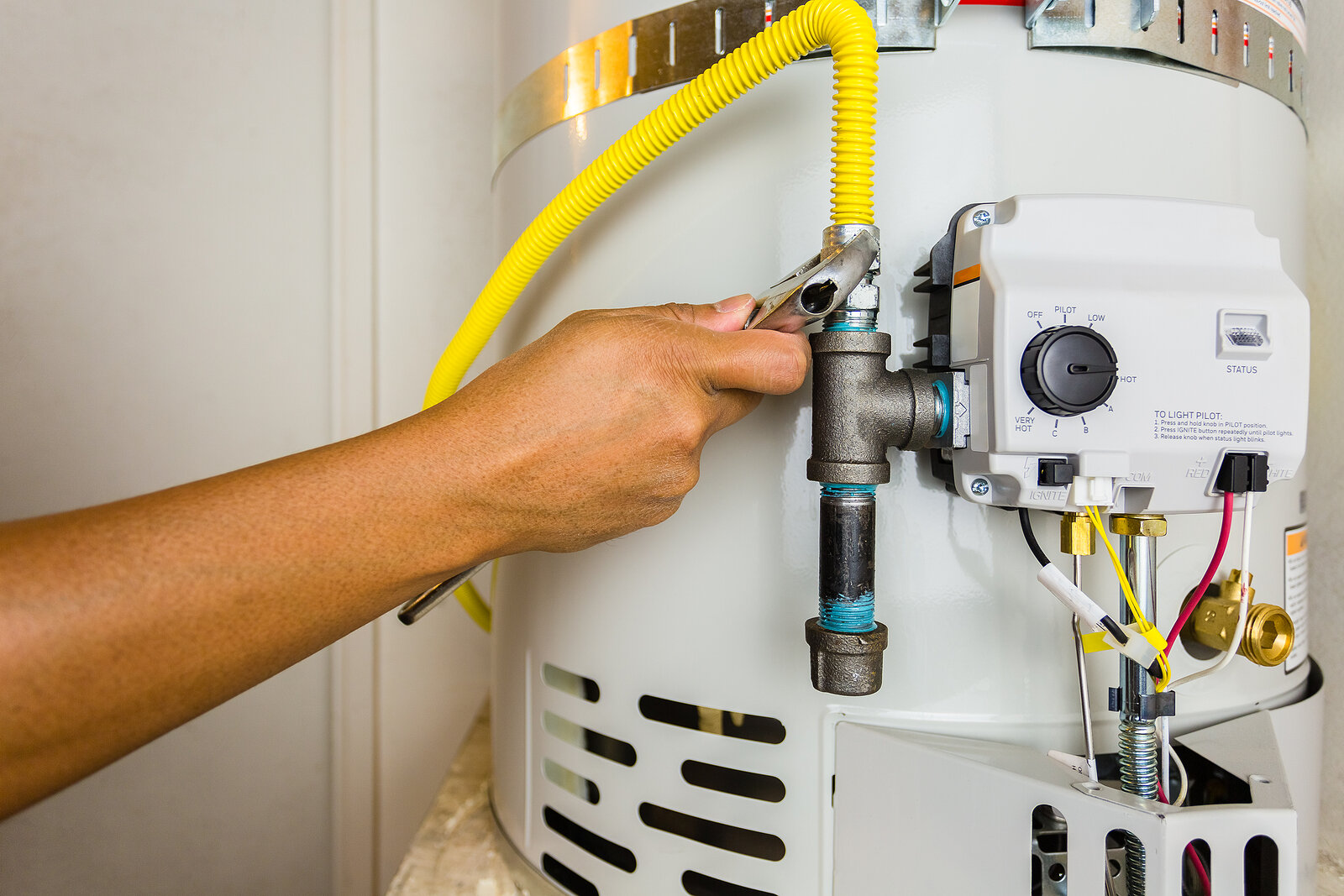
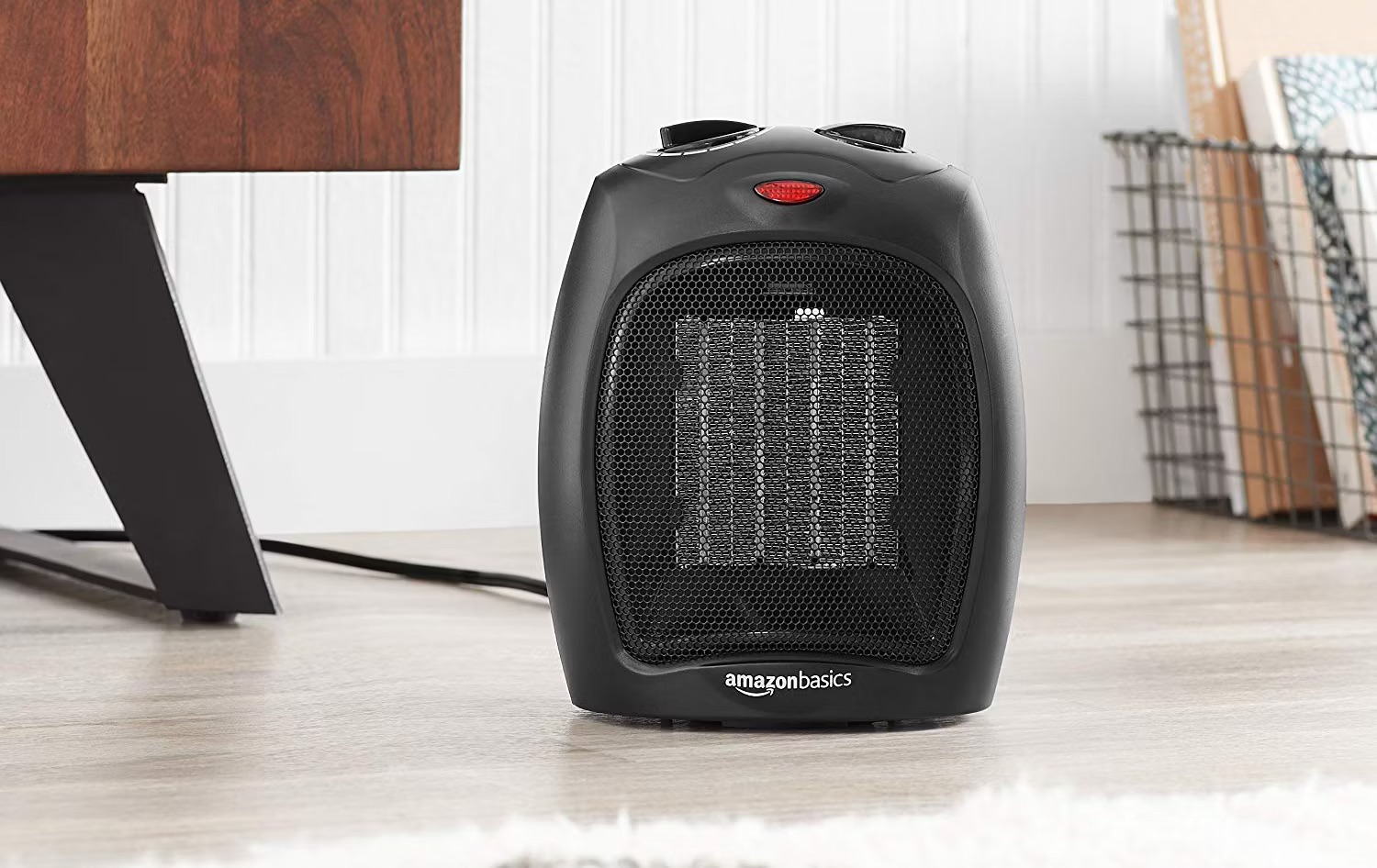
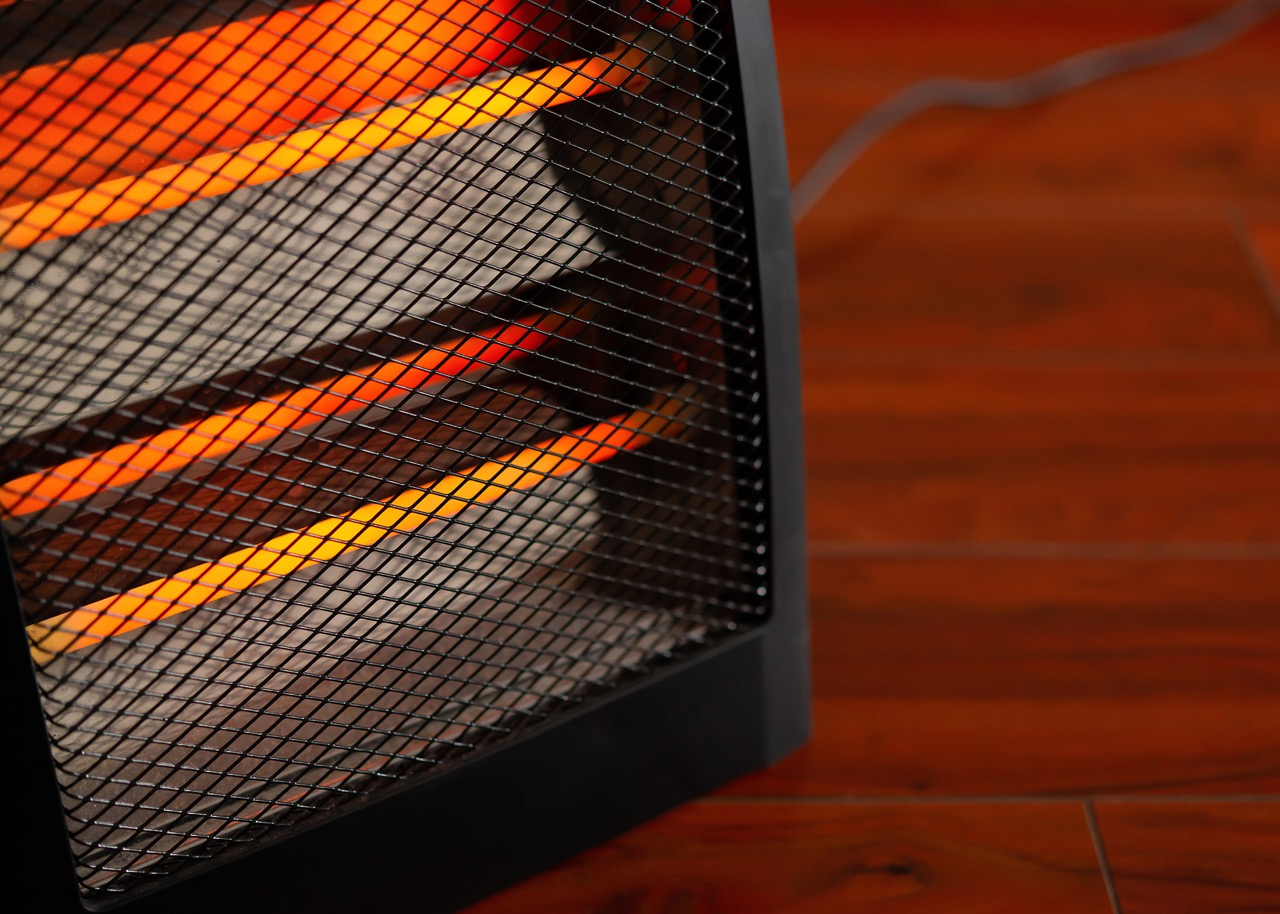

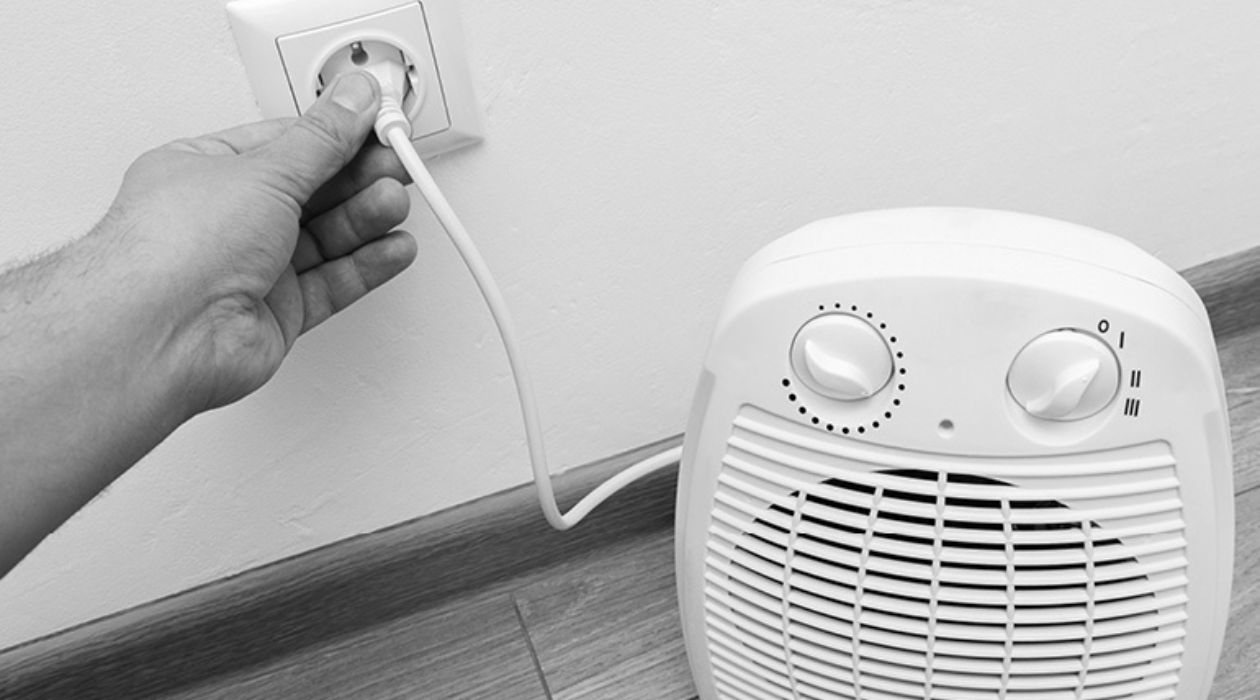
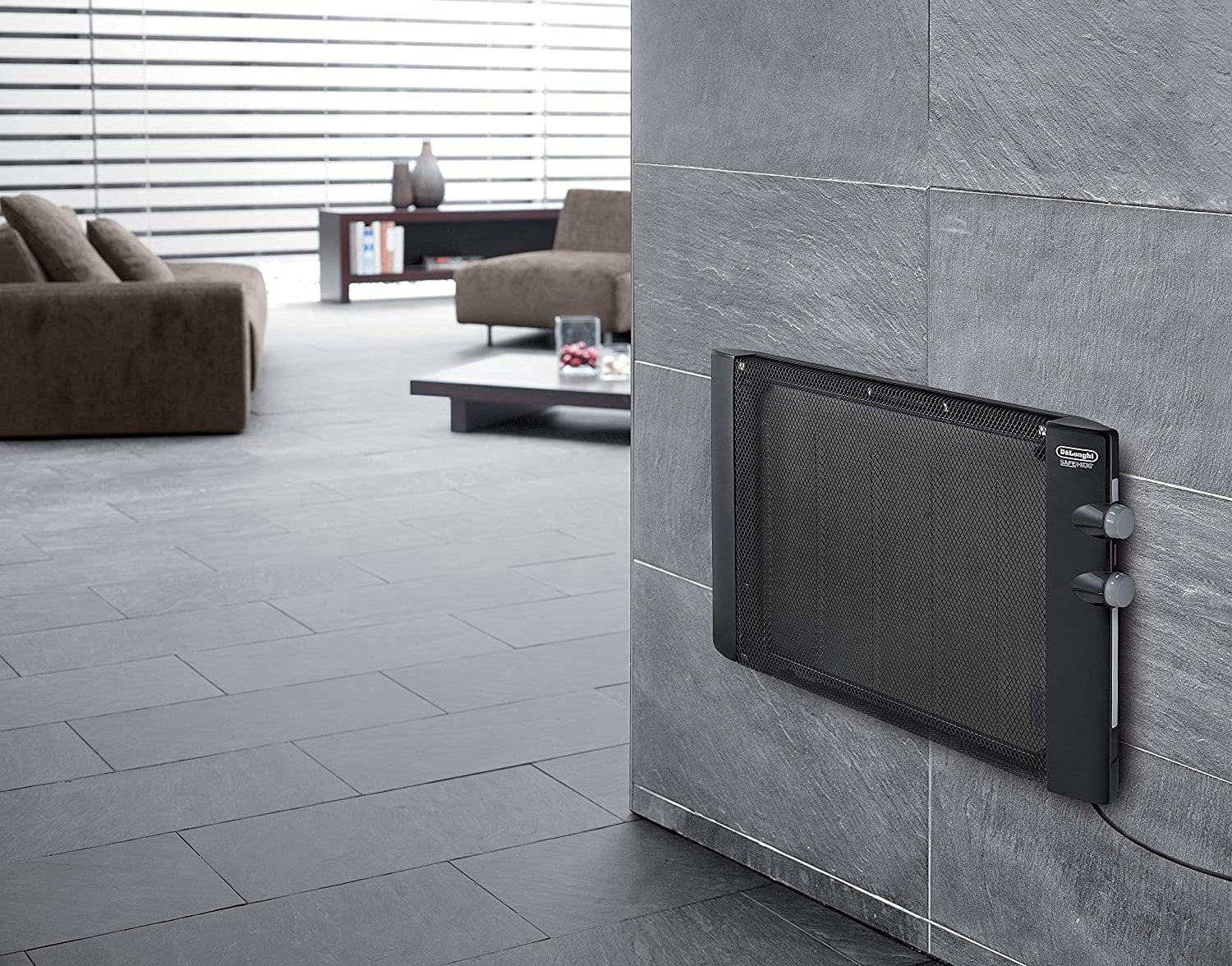
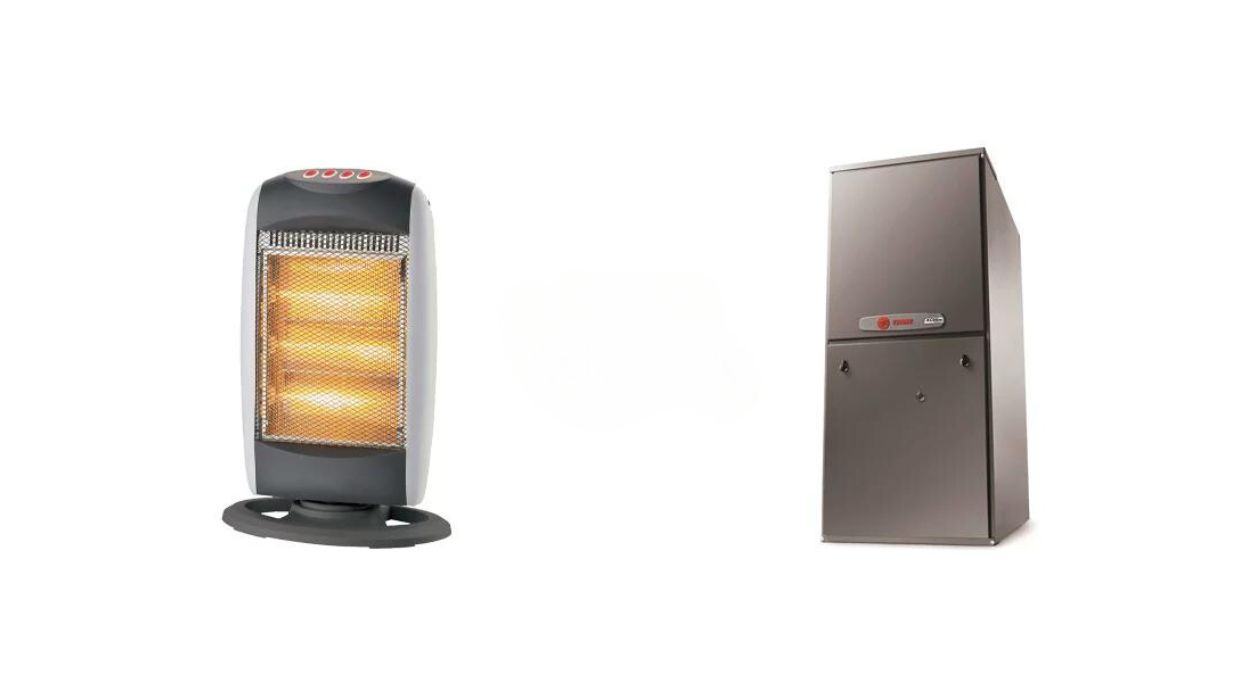

0 thoughts on “What Is A Gas Space Heater”